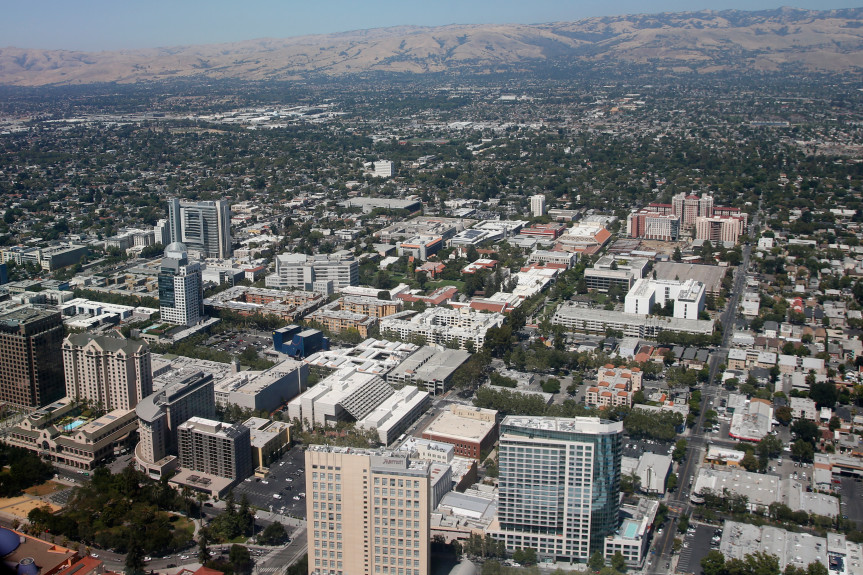Written by Heidi Sickler. Published in the Mercury News September 4, 2017. Photo by Karl Mondon.
Silicon Valley’s technology industry continues to demonstrate its enduring power to innovate. Year after year, the companies that call the Valley home dominate the marketplace with new tools, applications, and services.
However, tech is not the only sector of our local economy that is demonstrating world-class creativity. Our local governments also are adopting innovative policies and programs to address many of the issues critical to the region’s quality of life.
The City of San Jose is an excellent case in point. Building on its tradition of leadership in sustainable water and waste management and the use of renewable energy, the City is drafting an Environmental Sustainability Plan (ESP) into a comprehensive new strategy that will establish the City as a global leader in greenhouse gas (GHG) emissions reduction—the emissions that contribute to climate change and to poor air quality.
What does this mean for the residents of the City and the region? The City’s future planning and development wisely will take into account the impacts to GHG reduction, including energy, water resources, and mobility.
The proposed Google transit-oriented village in downtown San Jose exemplifies the kind of development in the City’s future. This high density, mixed-use development, at the intersection of several transportation systems, means less vehicle miles traveled, more urgently-needed housing, and City services, like police and fire, can be delivered more cost effectively.
With the plan’s emphasis on commercial development near transit and urban villages, there will be less pressure to develop outside the City’s urban core, which contributes to sprawl. This means natural and working lands surrounding our urban core can continue to play an important role in contributing to the City’s water supply, in reducing flooding downstream, in providing wildlife habitat and spaces for wildlife to adapt to climate change, in carbon sequestration (an antidote to GHG emissions) and in providing locally-grown food.
And this “green infrastructure” doesn’t require massive City investment to provide these benefits. There is already an intrinsic economic value to these lands when kept as open space.
Green infrastructure can be preserved through collaboration with other local government agencies like the Santa Clara Valley Open Space Authority, cities, community leaders, and other partners to purchase and restore lands that are most critical for watershed and flood control. Agencies can work to provide corridors for wildlife migration and prioritize land that is of the highest environmental value to provide permanent protection for that green infrastructure.
This investment in the most important open lands is the kind of creativity required in a region that prides itself on risk taking, and birthing innovative approaches to difficult problems.
Our community has demonstrated over and over again its commitment to investing in the critical elements of both natural and built infrastructure necessary for this region to thrive. In 2016 alone, voters passed with overwhelming majorities Measure AA to restore the San Francisco Bay wetlands and Measure B, which provides funds for roads and transit.
The Silicon Valley Leadership Group played an active role in supporting these measures because we believe in investing for the common good—in traditional and in green infrastructure that play such a central role in the health of the Bay Area and its economy. And we applaud and support innovation, whether it originates in one of our member companies or in the local government agencies that provide the foundation of a healthy environment and community.
Heidi Sickler is the Silicon Valley Leadership Group Senior Associate of Energy and Environment. She wrote this for The Mercury News.

